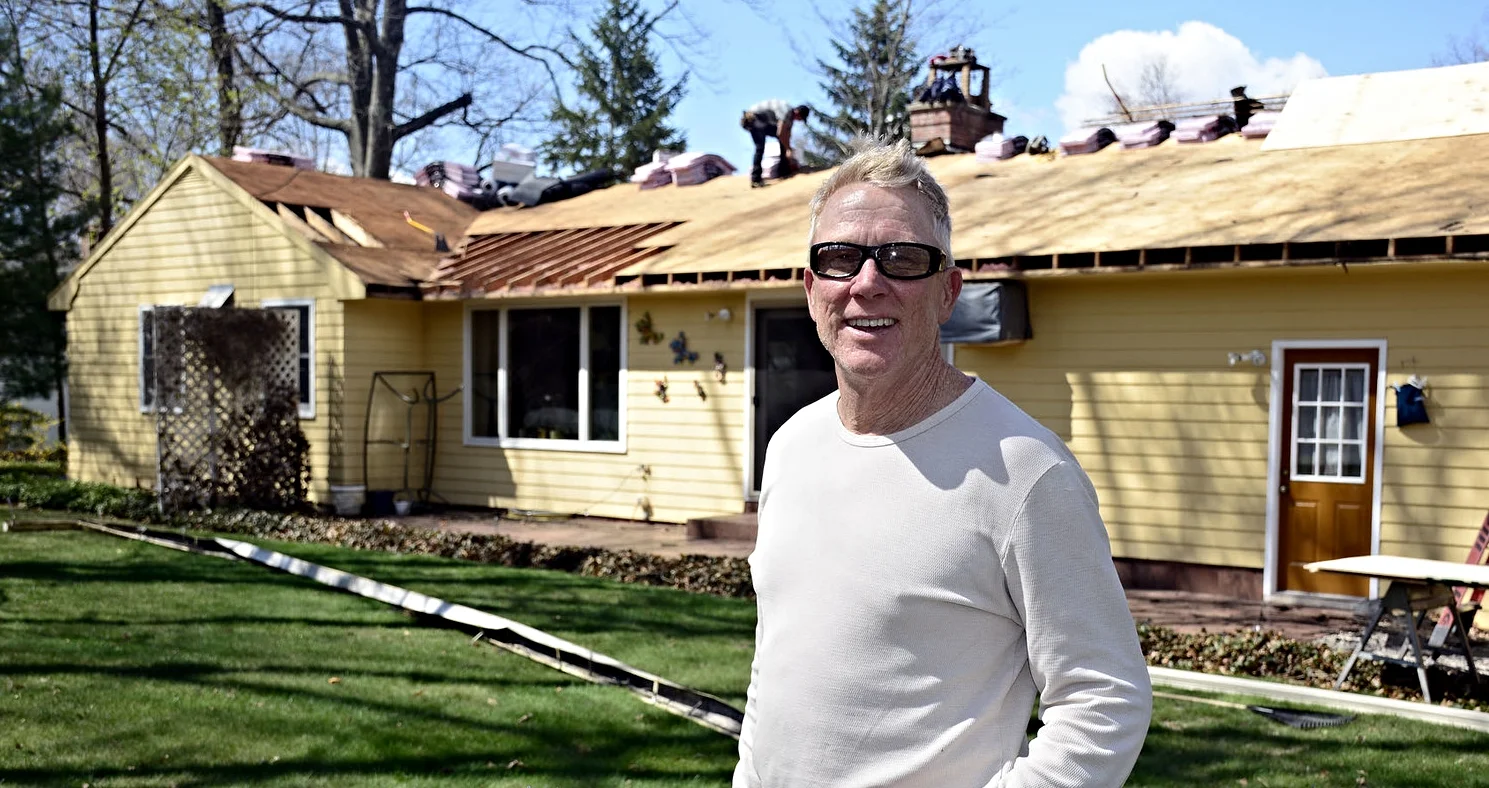Keeping Cool as the Temperature Rises
Chelsea O'Donnell
The summer heat came out of nowhere this year, which left many people with nothing to do but crank up the air conditioning. Sure, a little A/C is a great way to provide fast relief, but keeping it blowing all summer long can do a number on your energy bill and your home. This week I thought I’d put together a few simple tips to help you keep cool, but first, here is a story that might make you rethink your current set up.
A few years ago, I was called to a house in Bristol for a leak repair. When I got to the home, I found that the entire ceiling had fallen onto the dining room table. We hadn’t had rain for weeks, so I was confused how the leak occurred. It turns out that the home had no insulation, and to combat the stifling heat seeping into the house from the attic, the homeowner had two window air conditioning units set on full blast all day. The cold air from the units and the hot air from the attic created condensation at such a high level that it completely deteriorated the plaster, causing the ceiling to fall in.
Having little or no insulation and ventilation in the attic will heat up your home like there’s no tomorrow. Most people think insulation and ventilation are only important in the winter, but they work as regulators, controlling warm air in summer and cold air in winter. Did you know that an attic can easily get up to 150 degrees on a hot summer day? Stand on a chair and put your hand as close to the ceiling as possible. If you feel heat radiating down, you might want to think about getting an inspection.
For a quick fix, one of my favorite tricks is installing an insulated box over the attic stairs. The hatchway between the house and the attic can be a gateway for hot air to get into the main home area, but a simple box frame made from insulated material will seal the gap and help the home stay cooler during these warmer months.
Another quick and easy tip is to purchase a programmable thermostat from the local hardware store. These typically cost around $30 and will allow you to set the temperature according to the times you’re at home. Sure, you may want the house to be 75 degrees before 9am and after 5pm, but during the day when no one is home, keeping the temperature higher will keep your energy bill lower.
Speaking of air conditioning, make sure your units are clean. I know so many people who store their air conditioners in the basement over the winter, where mold can grow and spread inside the filters. This, of course, circulates those spores right into the air you breathe. Make sure to give all air conditioners a good clean before putting them in, and check and clean the filters and vents regularly to maintain good air flow.
Use sunblockers or keep the shades drawn when the sun hits your house during certain times of the day. Alternatively, open windows and use fans when the sun goes down and the temperature gets cooler.
Summer barbecuing is one of my favorite ways to cook, but not just for the taste. Using the oven and stove in the summer can heat up the house substantially, so we tend to cook as much of our meat and veggies in the smoker and on the grill as possible. Also, try to run major electrical appliances, such as dishwashers and clothes dryers at nighttime.
What’s your favorite tip for keeping cool in the summer? Send me a message on Facebook at www.facebook.com/odonnellbros.
